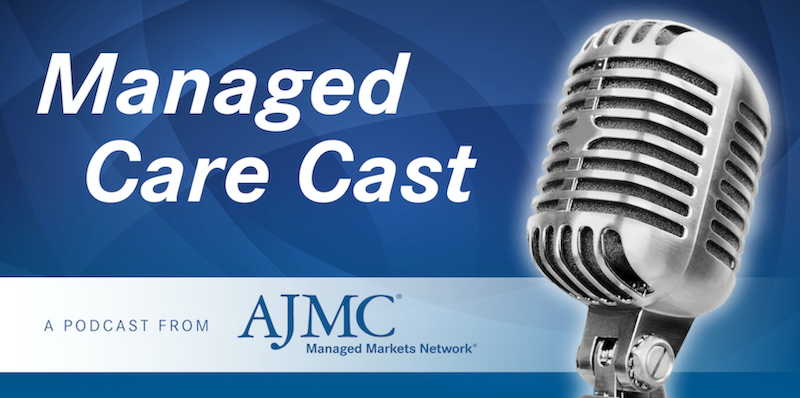Video
Educational Organizations and Migraine Management
How an educator with a migraine can impact the spending and workflow of a school district.
Transcript:
David Hines: Every million dollars is about 1% of my spending. When I look at my population, I know on the medical side alone I’m spending about a million dollars, so there’s 1%. I’m spending another half a million dollars on pharmacy, so there’s another 0.5%. And then if I add in that productivity loss and this substitution spending, I know that I have another 0.5%, so there’s about 2% total spending right there, even though the productivity gets attached to another number. I think basically that number is underestimated. If we double up with those who are in our system, who are taking time off, who are not diagnosed, we can probably easily double that number, too; it’s about a million dollars in productivity spending as well. It has a significant impact, but as we as benefit people start shifting more to talking about benefit programs to help our employees improve their overall health and productivity, there’s even a greater impact that we can be having.
My population where I’ve seen the difference between those diagnosed with migraine and not diagnosed with migraine, there’s about 3 additional sick days per year. That’s my population. I’ve seen numbers run higher. I’ve seen people estimate close to what I’m talking about there, and these are 3 sick days a year over a 10-month period. These are 10-month employees, not 12-month employees. If you’re there 12 months, you can easily add in at least another day in that type of situation. Once a quarter is probably realistic, if not understated. If you add onto it the lost time that you have from those who are not diagnosed, who are sitting out there in your system, it will be equal to or even potentially greater than what we have.
I tell folks to think back to when they were a child in school and the amount of education that they received when the teacher was out sick and they had a substitute in the classroom that day. We all felt things go a bit south when that happened. As a school system we are very much involved in this dynamic of needing teachers in the classroom. If we have them in the classroom, we improve those educational outcomes, and it’s a better tomorrow for everybody involved.

How Can Employers Leverage the DPP to Improve Diabetes Rates?



